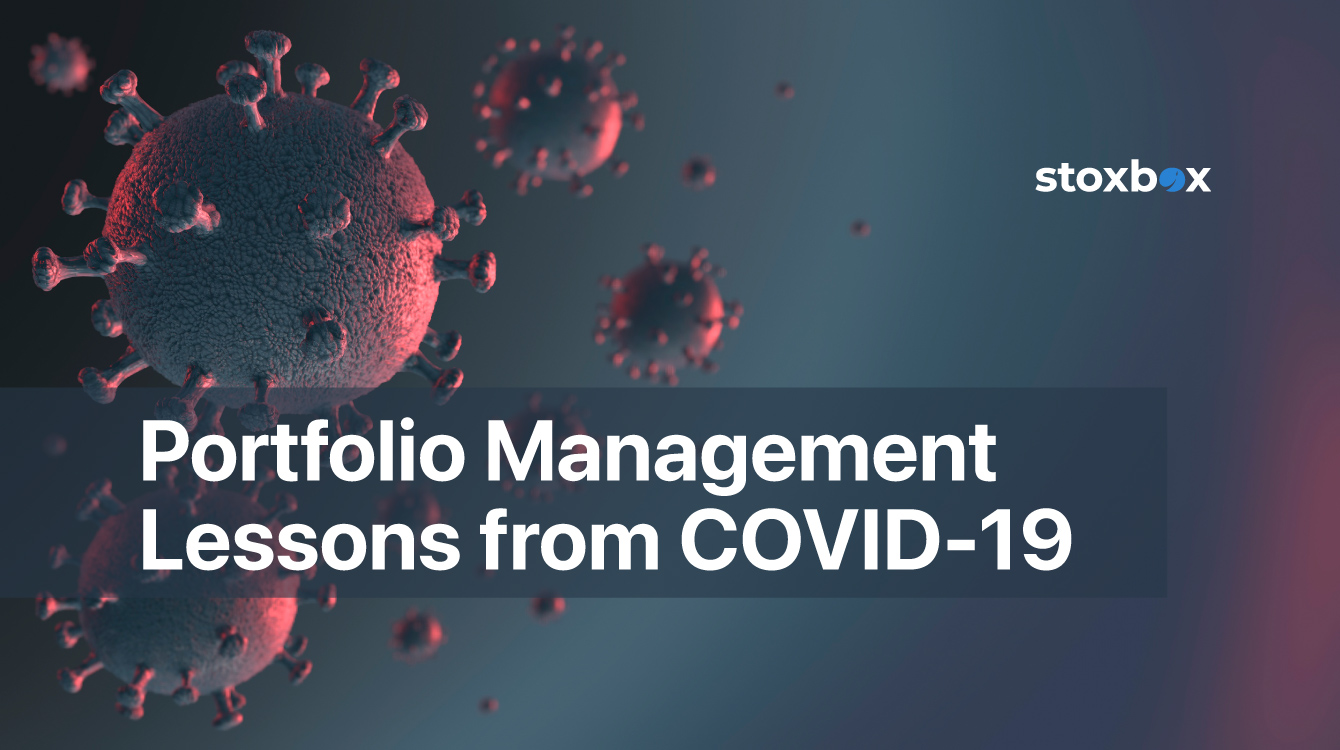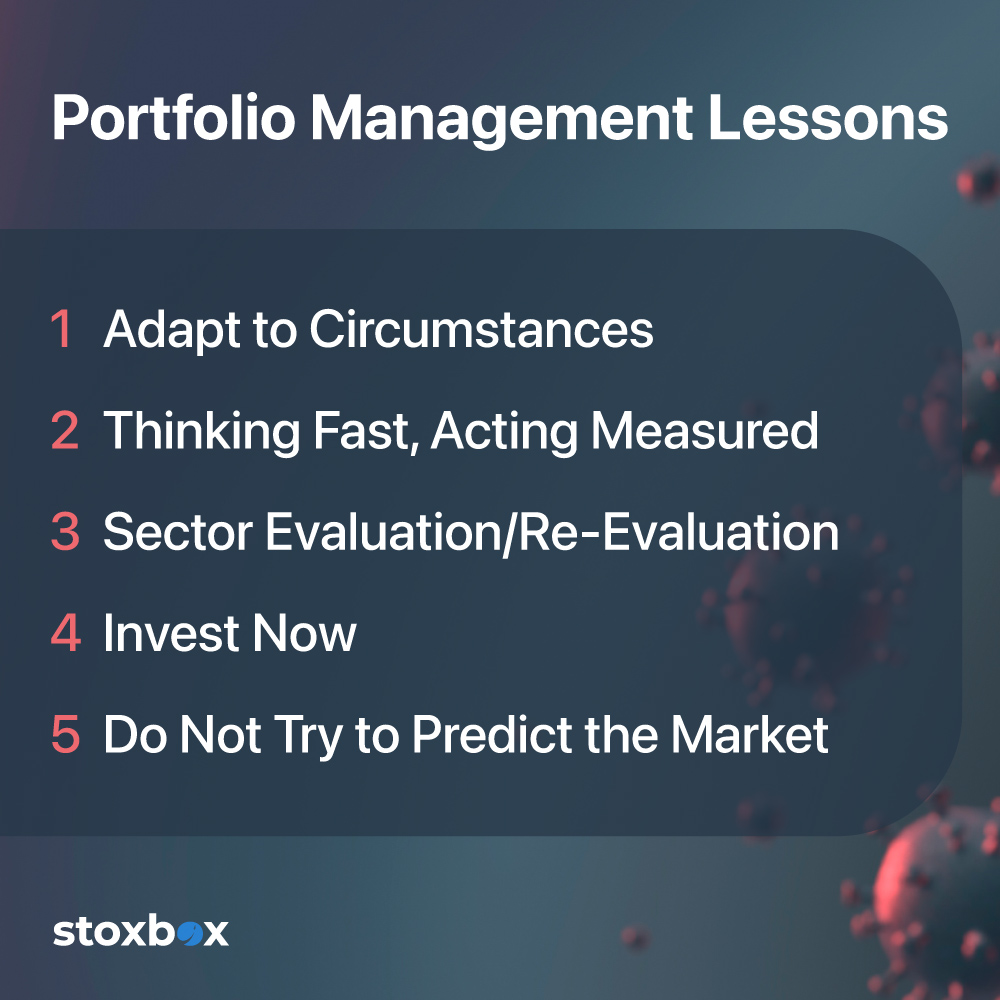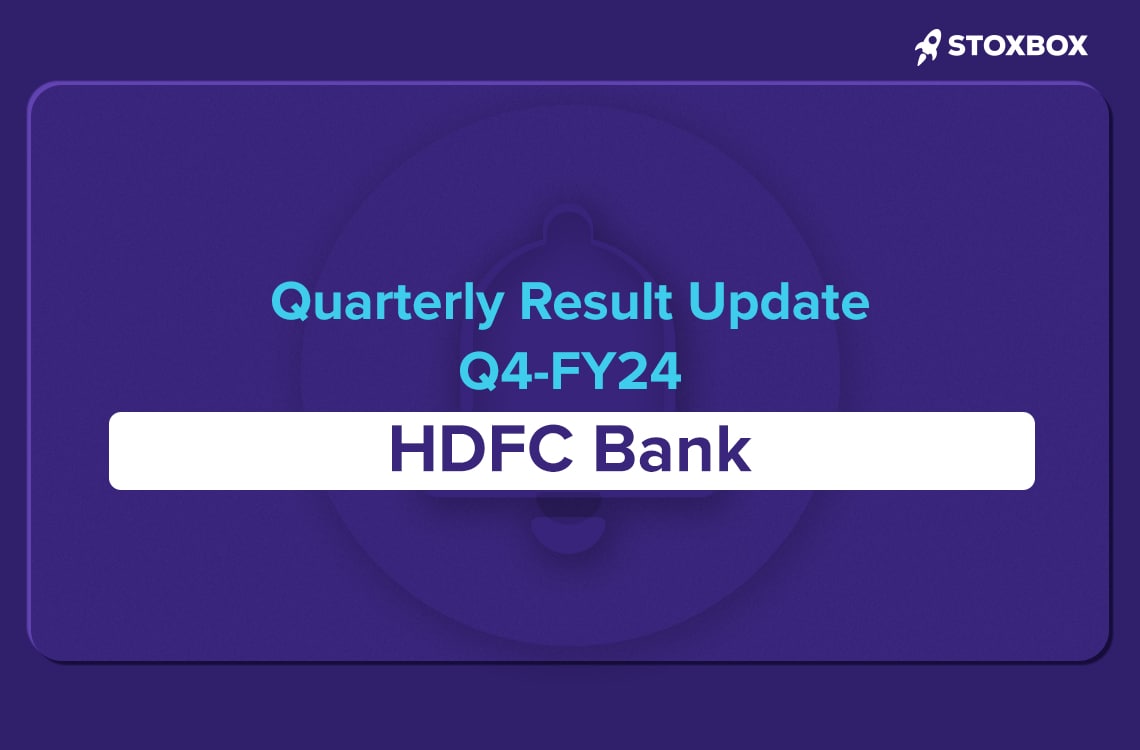What is Portfolio Management?
Portfolio management is a process/service by which an investor manages a varied set of assets, such as stocks, bonds, commodities, and real estate. Portfolio management is necessary in order to achieve the investor’s wealth creation goals, within the scope of their risk appetite.
Portfolio management requires focus because the assets providing good returns over a sustained period are never static; they might move up and down over time. The investor, therefore, needs to mix and match these assets and monitor them to ensure they continue to meet their investment goals.
Portfolio management and risk go hand in hand—the management depends on the amount of risk you are willing to take on. You can either do this yourself or avail of the services of a professional portfolio manager who provides portfolio management services for a fee.
During such fraught times as this COVID-19 pandemic, it becomes increasingly important that you are focused on keeping your portfolio ticking smoothly. This could mean a few adjustments in the asset allocations or reducing your medium-term investment goals, or even enforced encashment of some assets to get over a sudden emergency. Through all this, the lessons of portfolio management will still include some basic principles.
Portfolio Management Lessons
Lesson 1: Adapt to Circumstances
When you started constructing your portfolio, it is likely that a global pandemic was not a factor of consideration. Now that you are in the middle of one, you might need some portfolio diversification to ensure your investment goals.
You can do this by adding other asset classes to the portfolio or by diversifying within an investment class in the portfolio. For instance, a couple of sector shares that you have in your portfolio have been adversely affected; however, the last year has provided a few more viable options for you. You can now diversify the asset class within the portfolio. Doing this broadens the exposure within the asset class and reduces risk.
Sometimes, you might find that a certain asset class as a whole does not hold too much of a long-term value. In such cases, you need to get out of that asset class and invest in an alternative. The principle is the same—you keep diversifying your portfolio to reduce risk.
Lesson 2: Thinking Fast, Acting Measured
This is a great lesson in portfolio management for beginners. Portfolio management is a long-term effort. To achieve good long-term results, you must be agile. Here’s an example: You have invested a good sum in a stock that you know is good—your analysis shows that the company is well-run and it is a good business to be in. You are confident that this stock will provide great returns in the long term. The stock’s performance, however, does not reflect these fundamental strengths. One day there is a fluctuation in the market and this particular stock goes down even further. You need to be agile enough to recognize the opportunity to buy more of this stock. However, before you do so, you might want to check historical data on how the stock has moved over the past six months, a year, and so on, and buy at the appropriate price. Thus, be agile enough to recognize the opportunity, but act on it in a measured and considered manner.
Lesson 3: Sector Evaluation/Re-Evaluation
Consider this scenario: It is mid-2020, and we are in the middle of this pandemic. Apart from the social distancing, hand-washing, and masking guidelines, there is no relief in sight. And then, in early November, the first vaccine for COVID-19 is released. As an investor, which sector would you consider of greatest value at this point in time? The obvious answer here is the pharma sector. Similarly, at various points in time, there will appear game-changing companies in sectors that will completely change the landscape.
Presently, that mantle goes to sectors such as pharma, technology (especially IT and nanotech), healthcare, and alternative energy (wind, solar, geothermal).
As an investor with a growing portfolio, you need to focus on such empirically strong sectors. You might need to make changes to your asset allocations, all the time ensuring that it does not affect your investment goals.
Thankfully, the market these days offers various thematic funds as part of portfolio management for the retail investor. The BP Wealth Stoxbox is a tool for portfolio management in India. It is a thematic investing tool that comprises various thematic funds, such as pharma, industry, and IT. It is a fund-based portfolio management service that creates well-diversified, low-cost, and profitable long- and short-term portfolios for its investors. The BP Wealth portfolio management app is available for both Android or Apple.
Lesson 4: Invest Now
If you are waiting for the right time to start a portfolio, it might never come. The right time to invest is always now. You can research assets and how they have performed. It could be stocks, bonds, real estate, or anything else. Once your research is done, do not wait for a propitious time. Do it now.
Alternatively, you might have a significant sum of cash lying in the bank that makes you feel financially secure. But the value of cash is at best momentary. If your cash does not work toward creating more cash, a relatively modest inflation spike will decimate your cache of cash. Here’s a lesson in portfolio management for young investors: cash never was, is, or will be king. Invest and diversify—that’s the only way to create sustained wealth.
Lesson 5: Do Not Try to Predict the Market
All the data and analytics in the world cannot predict with certainty how a market behaves, especially intraday or short-term. So, do not waste time predicting the market. All the data and analytics at your disposal use numbers from the past (i.e., historical numbers) to plot any possible future course for an asset. When constructing an investment portfolio, you research to find assets based on your risk appetite, the time horizon for the investment, and the financial goals you have set for yourself. Once this is done, trust yourself. Do not overthink or fall under the influence of the thousands of “pundits” out there who claim that they can indeed predict the market. What these people don’t tell you is that of a hundred predictions they made, they probably got one right. You will never hear about the 99 dummy predictions; you will never stop hearing them extolling the success of the one they got relatively right. Always remember: if it is too good to be true, it most likely is false.
You might also Like.
HDFC Bank – Q4FY24 Result Update
Margin pressure continues Sector Outlook: Positive Buy Now In Q4FY24,...




